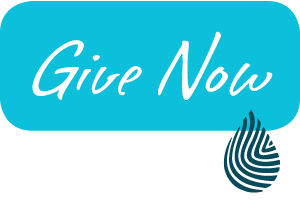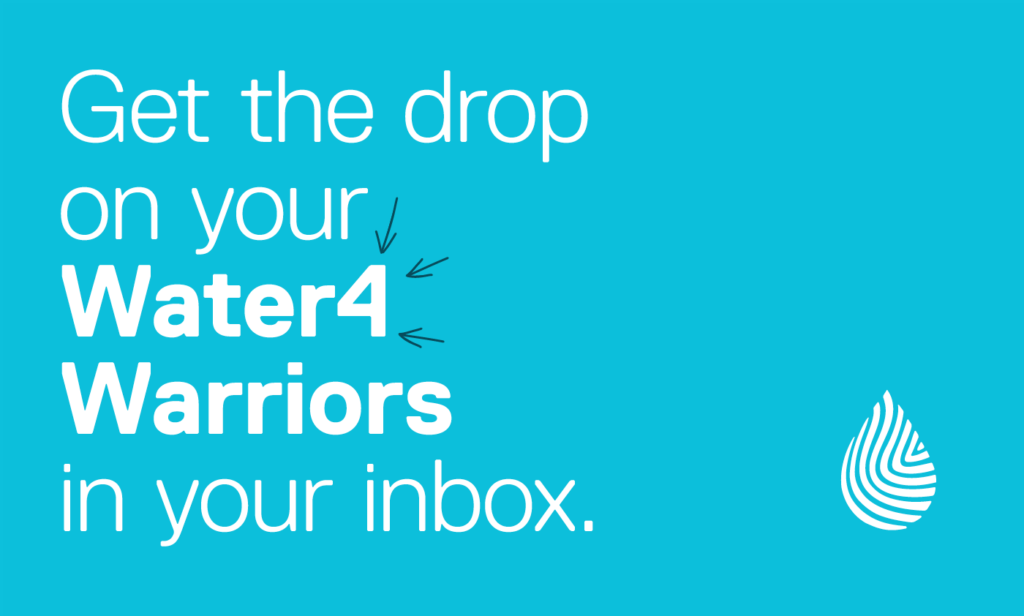Since August of 2018, the Ebola outbreak in the Democratic Republic of the Congo (DRC) has claimed the lives of at least 1,800 people and it 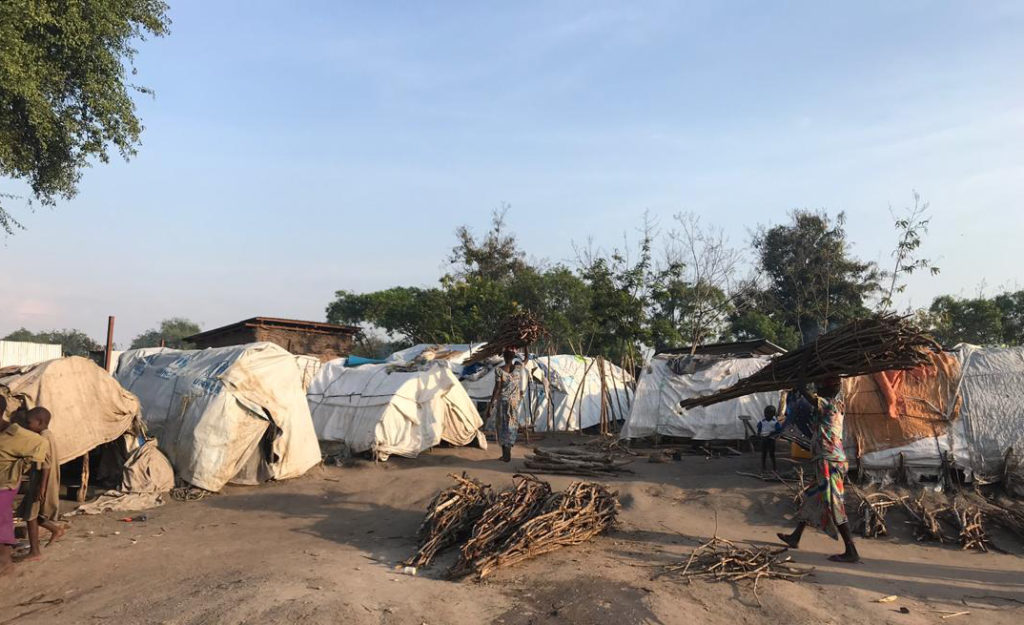 continues to expand, making it the second-worst outbreak in history. In response, the World Health Organization (WHO) declared a Public Health Emergency of International Concern (PHEIC) last month — just the fifth time in its history that the WHO has made such a declaration.
continues to expand, making it the second-worst outbreak in history. In response, the World Health Organization (WHO) declared a Public Health Emergency of International Concern (PHEIC) last month — just the fifth time in its history that the WHO has made such a declaration.
During a press conference on July 17, the director-general of the WHO, Dr. Tedros Adhanom Ghebreyesus, said, “The risk of Ebola spread in DRC and the region remains very high. Now is the time for the international community to stand in solidarity with the people of DRC.”
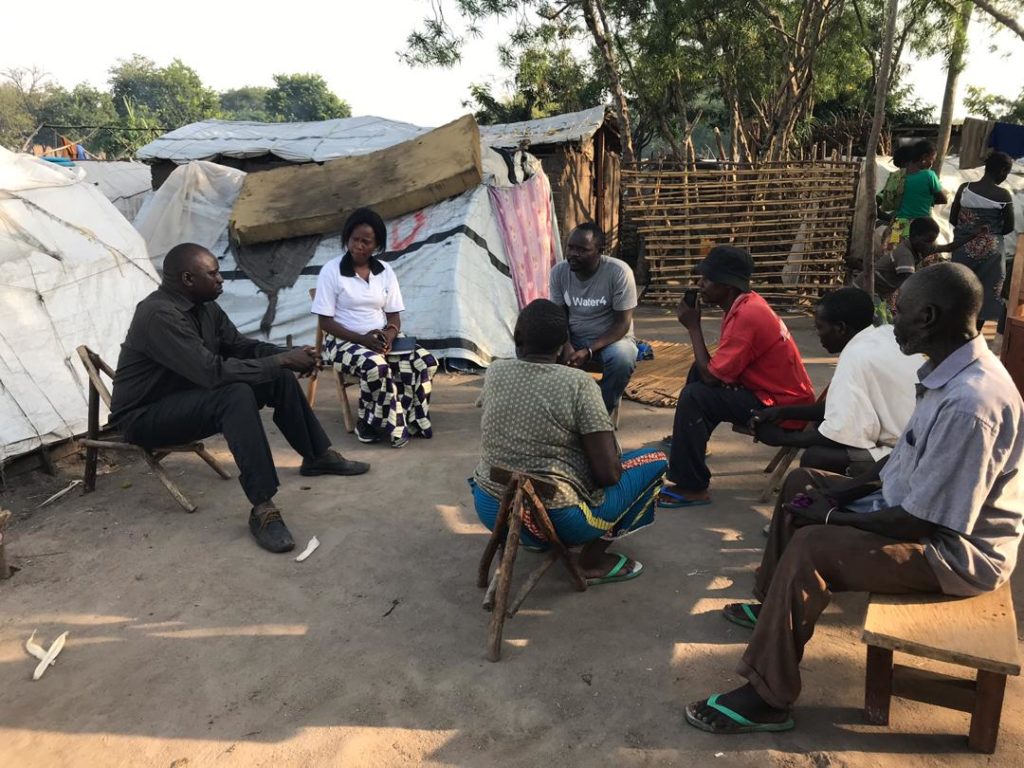
As urgent as the Ebola crisis is, it’s only one factor behind the WHO’s decision. In June of this year, violence broke out in northeastern Ituri province when rebel groups began systematically killing innocent people, triggering a new humanitarian crisis that’s left approximately 360,000 people displaced. As people have settled into makeshift IDP (internally displaced persons) camps throughout the region, the lack of safe water has created an urgent need for humanitarian response.
Bunia is one of the closest cities to the epicenter of the conflict, and there are currently more than IDP camps within a 50 mile radius. Many local Bunia families are also hosting several displaced people in their homes, as well. However, as one mother who recently arrived in the camps shared, “we thought we would finally be safe when we got here, but then learned there was no water for us to drink.”
In response, Water4 set out to fund wells in 25 different communities last month to meet the urgent need for safe water created by the huge influx of people into the area. Even though there were more communities in need, 25 seemed like an attainable number. We thought we might be able to get 25 funded, and AEDR thought they might have the capacity to drill that many wells by the end of the year.
As it turns out, we underestimated both.
Since the beginning of July, we’ve been overwhelmed with gratitude by your quick and generous response to the crisis in DRC. You’ve given, you’ve prayed, and you’ve asked others to do the same.
Because of your generous support, all of the original 25 wells have been funded, and AEDR has already drilled the first 8. Thanks to you, these 8 wells are providing 2400 families in the area with critical access to safe water!
As long as AEDR can keep up their current pace, we’re committed to trying to fund another 20-25 wells in DRC by the end of the year. We’re not sure if we’ll be able to rally the resources to complete that many wells or not, but we’re confidently stepping out in faith and trusting that if it’s supposed to happen, it will.
With your help, Water4 and AEDR and can keep responding to this crisis by:
- Providing access to safe water for people’s most basic needs
- Providing hygiene training and access to soap to prevent and stop the spread of disease
AEDR can provide a community with everything above for $4,000 (less than $14 per person). And it doesn’t end there. You’re also part of Water4’s long-term commitment to the development and prosperity of the people of DRC. USAID Administrator, Mark Green, said it best during his late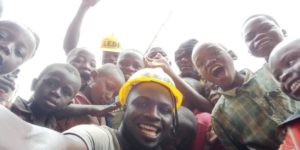 st trip to Africa, “We want to see a continued and deepening engagement, and utilization of the NGO and faith-based community actors who … have been there for years, and they will continue to be there, partnering with local leaders, long after everybody else has left.”
st trip to Africa, “We want to see a continued and deepening engagement, and utilization of the NGO and faith-based community actors who … have been there for years, and they will continue to be there, partnering with local leaders, long after everybody else has left.”
The situation in DRC is dark, but you’re shining a light into the darkness by joining us in prayer and by empowering Water4 and AEDR to meet the urgent needs of the children, women and men affected by this crisis.
